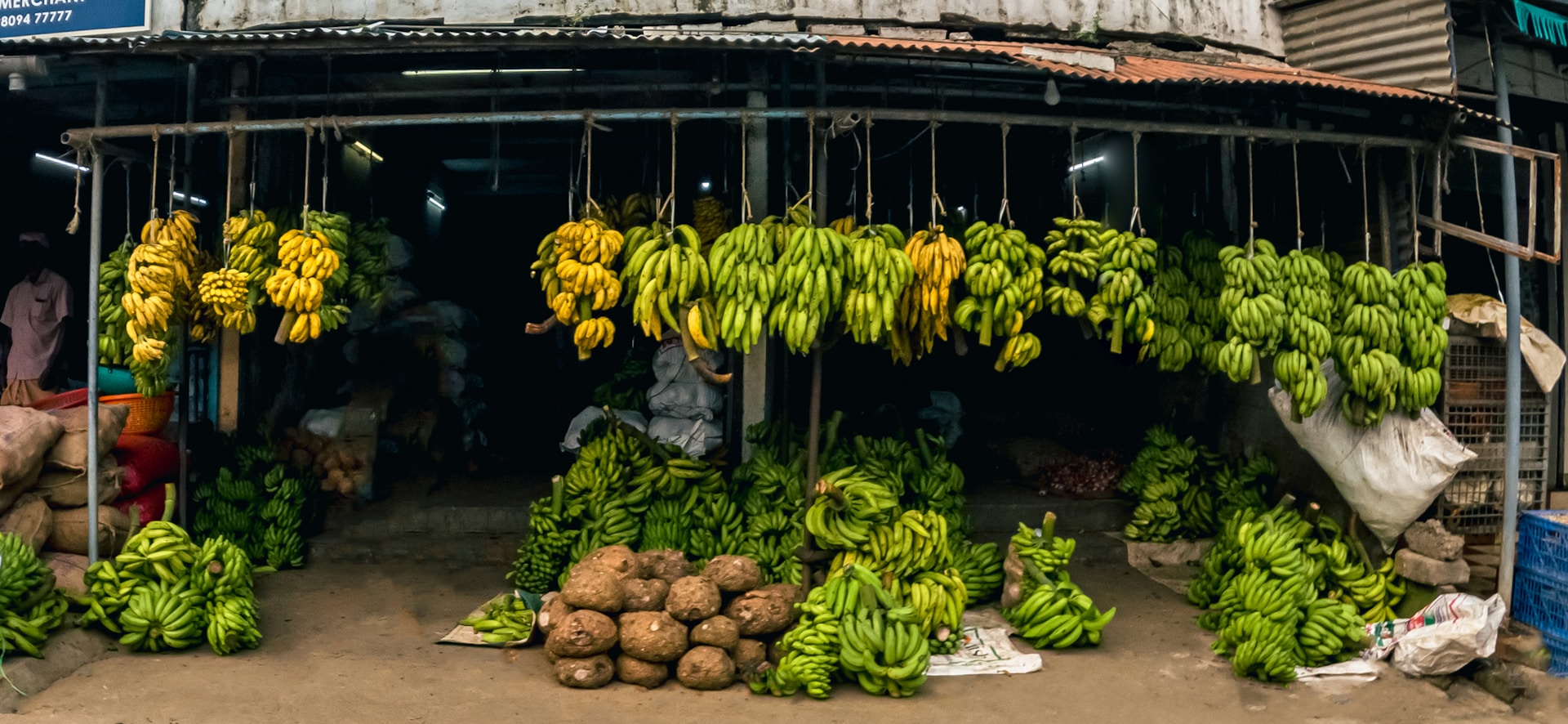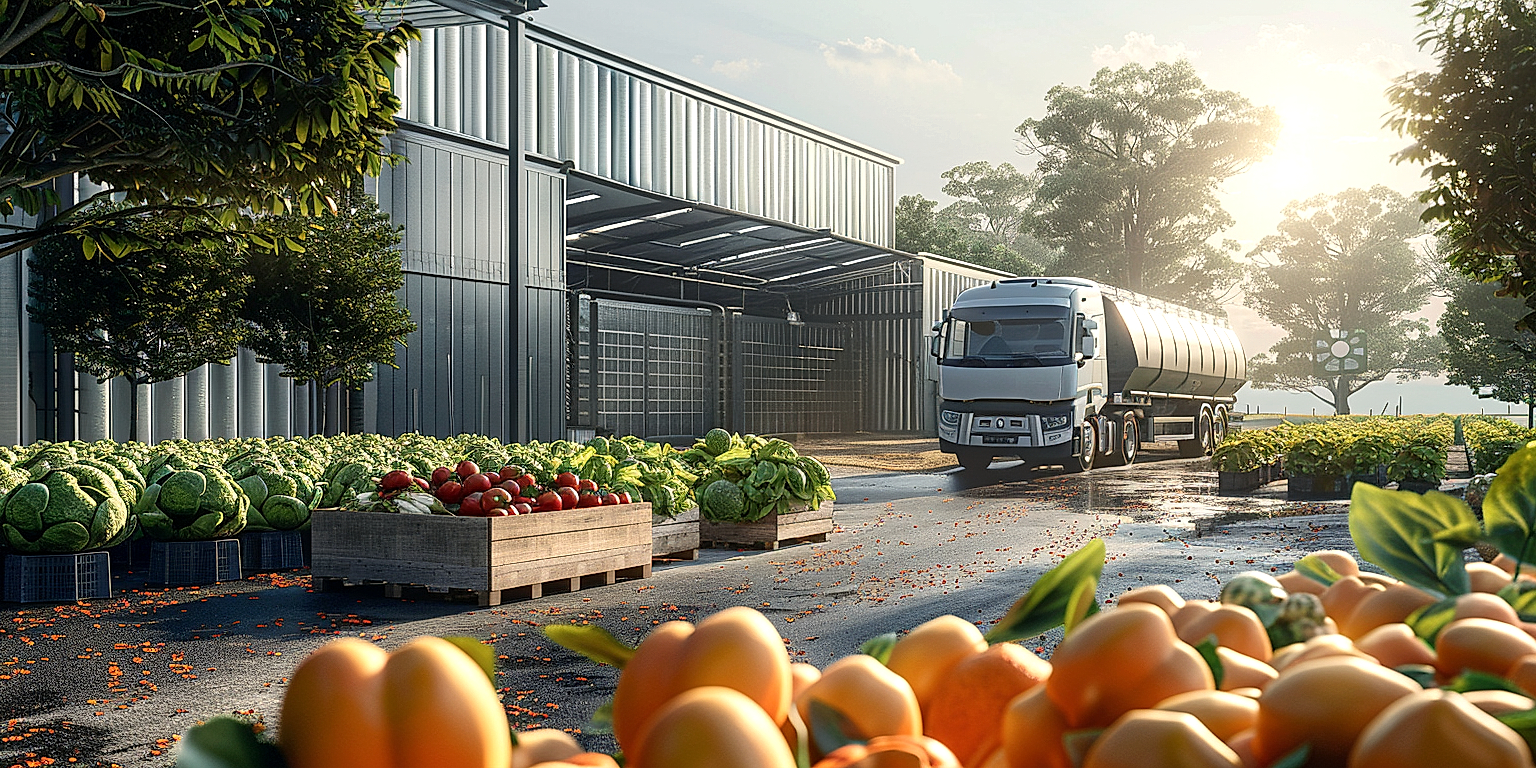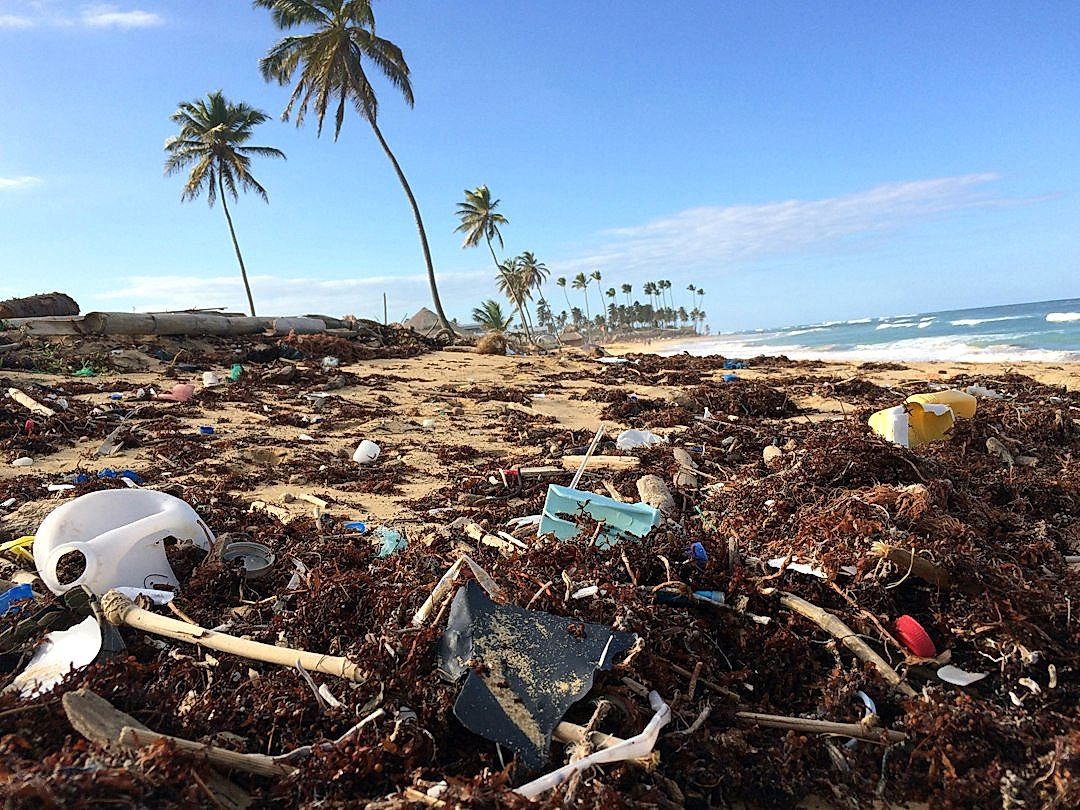As increasing environmental issues are being recognized, the need for sustainable business practices becomes more essential.
The importance of sustainable practices is especially critical in the realm of produce shipping, an industry marred by waste and inefficiency.
With the global population on a constant rise, demand for fresh produce is skyrocketing.
Consequently, these factors contribute to the pressing requirement for the implementation of effective, environmentally-friendly policies.
If neglected, the impact on our planet’s health could be devastating.
This article will explore different policies that can promote sustainability in this vital sector.
Policies To Encourage Sustainability In Produce Shipping
1. Subsidize renewable energy for transportation and storage.
Facing the issue of climate change, it is paramount that we indulge in the renewable energy sector as well.
Transportation and storage facilities constitute a significant chunk of pollution generation, and hence, their transition to cleaner energy alternatives becomes vital.
To drive this transition, implementing a policy to subsidize renewable energy for transportation and storage facilities could prove immensely beneficial.
By offering subsidies, government agencies can significantly reduce operating expenses, thus encouraging companies to invest more in renewable energy operations.
The expectation here is that once the setup costs are mitigated via subsidies, companies would find it economically viable to switch to renewable energy solutions.
Moreover, the advantages of using renewable energy sources are numerous, spanning from cost savings to less reliance on fossil fuels.
Subsidies would act as an economical buffer against the initial investment required to procure and set up these renewable energy resources.
Compared to non-renewable energy sources, renewable energy versions are more cost-effective in the long run.
However, without the necessary subsidies, the upfront setup costs can be a deterrent to their large-scale implementation.
Subsidizing renewable energy for transportation and storage can also foster innovation in the sector, leading to the development of more efficient, cost-effective, and sustainable technologies.
In return, government agencies and organizations could require meeting specific standards and guidelines to ensure the appropriate implementation and usage of these resources.
The impact on climate as well, would be significantly mitigating, as we switch to cleaner, more sustainable energy resources in sectors that traditionally heavily rely on fossil fuels.
Although the vision of implementing such a widespread policy might be daunting initially, the long-term consequences would significantly outweigh the upfront difficulties and complications.
Implementation of renewable energy subsidies in transportation and storage might also set an example for other sectors and encourage them to follow suit.
Moving towards a clean future powered by renewable energy is not just an environmental need but an economic one too; hence it’s crucial for policies to address this transformation.
The success of renewable energy subsidies in other sectors implies that with adequate planning and execution, we can indeed replicate this model in transportation and storage facilities.
2. Implement stricter emissions standards for transport vehicles.
Increased emphasis on sustainability has seen a greater focus on areas that contribute significantly to environmental degradation, with the transport sector being a critical area.
Transport vehicles, notably those used in produce shipping, impact the environment primarily due to the emissions released during their operations.
Stricter emissions standards for transport vehicles offer one possible effluent mitigation strategy.
They serve to regulate the quantity and nature of emissions, ensuring that transport vehicles used in produce shipping meet the appropriate environmentally-friendly standards.
In essence, implementing stricter emissions standards offers an effective policy approach towards ensuring sustainability in the produce shipping sector.
This not only lightens the environmental impact but also aids in achieving broader climate change mitigation goals.
For these standards to be effective, however, they need to be systematically planned, regularly updated to keep up with technological and scientific advances, and by all means enforceable.
While seeking to implement these standards, regulatory bodies must be cautious not to overburden stakeholders in the transport sector, mainly because dramatic changes could have adverse economic implications.
In this regard, the tighter emission standards need to be well balanced regarding both environmental preservation and the economic survival of the involved parties.
Moreover, comprehensive support mechanisms, including financial aids and capacity-building initiatives, are necessary to help industry players adapt to these stricter regulations.
Such interventions not only ease the adaptation process but directly motivate more significant strides towards sustainable transport practices.
Beyond enforcing regulations, governments can play a crucial role by leading by example—investing in hybrid or electric vehicles in public transport is not only a demonstration of political will but also serves to stimulate market demand for clean transport innovations.
Changing the perceptions and behaviors of consumers towards environmentally friendly transport is also essential, and this can be achieved through public awareness campaigns that underline the importance of sustainability in transport.
In the long run, stricter emission standards, coupled with supportive measures, have the potential to inspire a shift toward more sustainable practices in the produce shipping industry, aiding in the broader fight against climate change.
3. Promote locally grown and seasonal produce.
Promoting locally grown and seasonal produce not only supports local agriculture but also gets people to eat fresh and nutrient-rich food directly from the farm.
There are a variety of ways in which local and central governments, as well as individuals, can promote this.
Some of the common methods include encouraging restaurants, grocery stores, schools, and hospitals to source their food locally.
Another effective way is through farmer’s markets, which has the benefit of reducing the amount of packaging and shipping necessary to get the food to the consumer.
Setting up community-supported agriculture programs is another strategy that can be used to promote the purchase and consumption of locally grown produce.
There are also agriculture programs where individuals can subscribe to receive a weekly or monthly box of fresh produce directly from local farmers.
Incentives for growing food at home, such as tax credits or subsidies for purchasing growing supplies, can also be provided.
This not only encourages people to consume locally grown produce but also educates them on the importance and process of growing their own food.
This type of policy can significantly reduce emissions associated with long-distance food shipping.
There is also an economic benefit as money spent on local food often stays within the local community, leading to economic growth and job creation.
Additionally, local produce tends to be fresher and more nutrient-dense because it does not need to be harvested early for shipping, which results in better tasting and healthier food.
Local, seasonal produce often requires less energy to grow and store, contributing to further emissions savings.
Last but not least, by promoting locally grown and seasonal produce, consumers can develop a deeper appreciation and connection with the food they eat and the local landscapes that produce it.
Overall, promoting locally grown and seasonal produce is an effective way for policies to encourage sustainability in produce shipping.
It reduces carbon emissions, supports local economies, and often results in fresher, healthier food options.
While it’s not the sole solution, it is definitely a significant step towards sustainable agriculture and food production.
There’s no denial that shifting consumer behavior and purchasing towards locally grown and seasonal produce can have a positive impact on both the environment and the local economy.
4. Encourage reusable packaging initiatives.
The need for sustainability in produce shipping calls for an important shift from conventional packaging methods to more environmentally friendly alternatives, such as reusable packaging.
This involves an incremental approach that starts with acknowledging the significant impact that single-use packaging materials have on the environment.
Disposable packaging materials such as plastic and Styrofoam have become a significant source of waste and pollution worldwide, especially in the agro-industry where produce shipping is a major operation.
The introduction of reusable packaging in produce shipping is a practical approach that can significantly reduce waste generation and associated environmental impacts.
Moreover, reusable packaging systems such as crates, bins, and pallets can be engineered to offer better protection for produce, thereby minimizing losses during transit and ensuring better quality upon delivery.
With this in mind, it’s clear that sustainable packaging not only benefits the environment, but also the economics of produce shipping.
One way to encourage reusable packaging initiatives is to introduce regulatory measures such as bans or restrictions on one-time-use packaging materials, especially those that are non-degradable.
While such measures can play a critical role, they may not be sufficient in driving a wide-scale shift towards sustainable packaging.
Therefore, complementing regulatory measures with incentives such as tax reductions or exemptions for businesses that adopt reusable packaging systems can be an effective strategy to promote sustainability in produce shipping.
In addition, public-awareness programs highlighting the benefits of reusable packaging can help change consumer behavior and drive market demand for produce shipped in environmentally friendly packaging.
Educational initiatives and training programs can also be developed for farmers and produce suppliers to help them understand the benefits of adopting reusable packaging systems and how to transition towards them.
Furthermore, research and development efforts should be promoted to design and improve reusable packaging systems that are cost-effective, user-friendly, and designed with the product’s quality and safety in mind.
Such initiatives can help industry players overcome potential hurdles in the adoption of reusable packaging and ensure the sustainability of their operations in the long term.
Lastly, collaborations and partnerships between government bodies, industry players, and research institutions can go a long way in fostering an environment conducive to the adoption of reusable packaging for produce shipping.
These multifaceted approaches can help turn the challenge of sustainable produce shipping into an opportunity for creating a healthier planet for future generations.
5. Award Tax Incentives for Sustainable Farming Practices
One viable policy to encourage sustainability in produce shipping is to award tax incentives for sustainable farming practices.
This policy has the potential to greatly impact how farmers operate, pushing them towards more sustainable methods.
The tax incentives would ideally be designed to encourage farming practices that help to minimize carbon emissions and reduce waste.
Introducing tax incentives for sustainable farming practices can incite farmers to switch to more sustainable methods, helping in the reduction of the carbon footprint of the agricultural sector.
Such incentives could for example involve breaks for farmers who use biofuels or other environmentally friendly energy sources for their operations.
Also, farmers who automate their irrigation systems could benefit from these tax incentives, as automation can lead to water conservation and energy savings.
The tax breaks could also extend to those who adopt precision farming techniques, that can result in lower use of fertilizers, pesticides and other harmful chemicals.
Another way the policy could work is by giving incentives to farmers who implement crop rotation or other soil conservation practices that are beneficial to the environment.
Tax incentives could also be offered to those who engage in organic farming, encouraging produce transportation to shift towards healthier and environmentally friendly options.
Additionally, these incentives can motivate farmers to invest in renewable energy installations on their properties.
This would not only reduce their operation’s carbon footprint but could also serve as an extra income stream, if they sell excess energy back to the grid.
As well as this, tax incentives could be used to encourage farmers to recycle and compost any waste products from their farming activities.
The policy would also need to come with clear guidelines on how to engage in these sustainable farming practices in order to benefit from the incentives.
A robust monitoring and enforcement mechanism would also need to be in place to ensure compliance, as well as strict penalties for those who claim the benefits without adhering to the requirements.
Thus, providing tax incentives to farmers who adopt sustainable practices is a viable and practical approach to encouraging sustainability in produce shipping.
The Bottom Line
Harnessing renewable energy for transportation and storage, coupled with enforcing more vigorous emissions standards for transport vehicles, is a pivotal step towards fostering a more sustainable future.
Elevating the consumption of locally grown, seasonal produce can also significantly reduce carbon footprints, while promoting circular economies through reusable packaging initiatives.
Furthermore, government-intervened tax incentives can catalyze a shift towards more sustainable farming practices.
Working together, these measures can propel us towards a healthier, more sustainable world, anchored by respect for our environment and a commitment to future generations.




